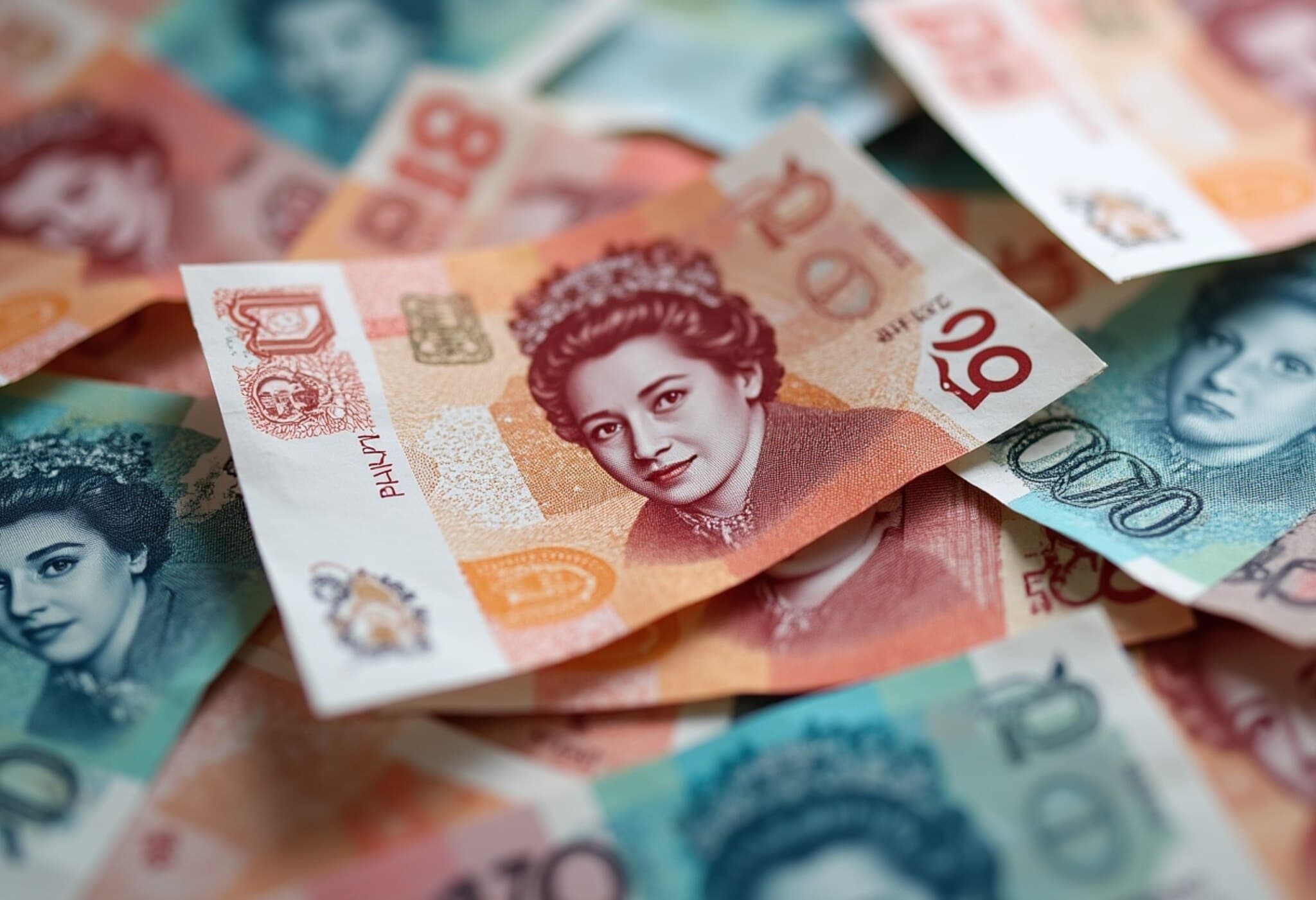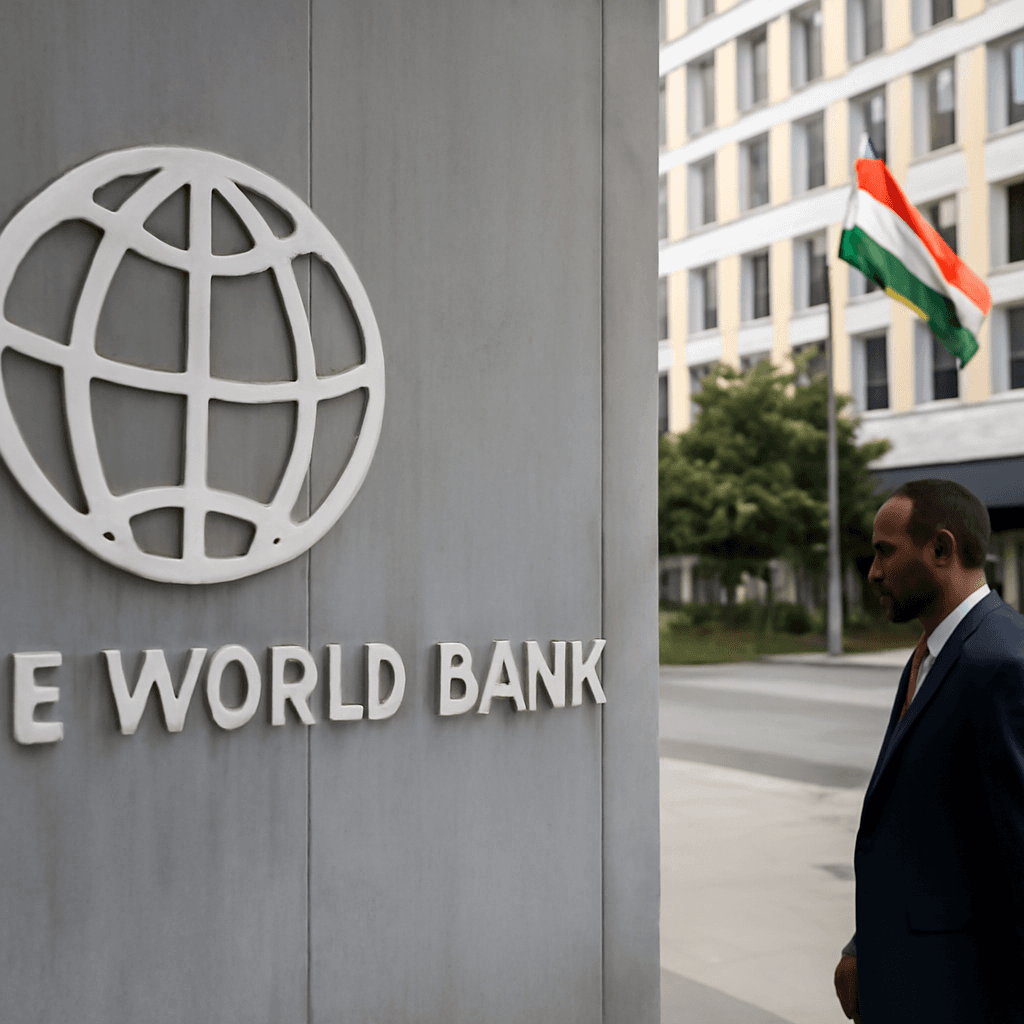Indian Deposits in Swiss Banks Decline by 18% in 10 Years
Recent data from the Swiss National Bank reveals a significant drop in deposits held by Indian nationals in Swiss banks over the last decade. From about 425 million Swiss francs in 2015, Indian deposits decreased to approximately 346 million Swiss francs in 2024, marking an 18% decline.
COVID-19 Pandemic Saw Temporary Spike
Interestingly, during the height of the COVID-19 pandemic, deposits surged to a decade-high of roughly 602 million Swiss francs in 2021. However, after reaching this peak, the amounts steadily fell back, though in 2024 there was a slight rebound from 309 million Swiss francs in 2023 to 346 million.
Similar Trends Among Other Major Economies
India’s downward trend is part of a broader pattern affecting many nations. For example:
- United Kingdom: Deposits fell from 44 billion to 31 billion Swiss francs.
- China: Reduced from 5.01 billion to 4.3 billion Swiss francs.
- Saudi Arabia: Nearly halved from 8.3 billion to 4.8 billion Swiss francs.
- United States: Experienced the steepest decline, dropping from 64.2 billion to 24.4 billion Swiss francs.
Neighboring Countries Also Witness Sharp Drops
The trend extends to South Asia as well. Pakistani deposits plummeted by nearly 75%, from 947 million Swiss francs in 2015 down to 241 million in 2024. Bangladeshi deposits experienced a similar pattern, declining over 73%, from 48 million to 12.6 million Swiss francs.
Factors Behind the Decline
Several factors likely contribute to this downward trajectory in Swiss bank deposits, including:
- Stricter banking regulations and compliance rules.
- Heightened global financial transparency measures.
- Increased international scrutiny of offshore banking.
- Changing preferences in global financial management and asset allocation.
This shift reflects a broader global movement toward more transparent and regulated banking institutions, impacting the traditional appeal of Swiss accounts.
Looking Ahead
While Indian deposits in Swiss banks have declined overall, the temporary rise during the pandemic indicates short-term factors can influence these trends. Moving forward, regulatory pressures and evolving international financial landscapes will likely continue shaping how foreign nationals hold funds abroad.



















